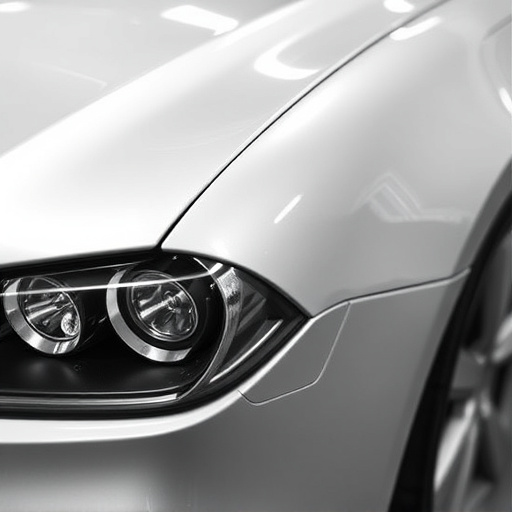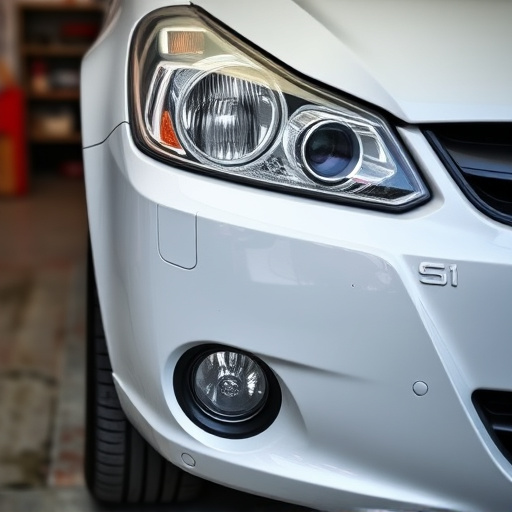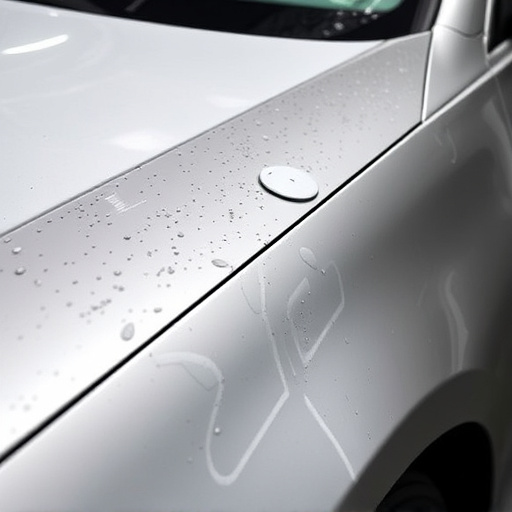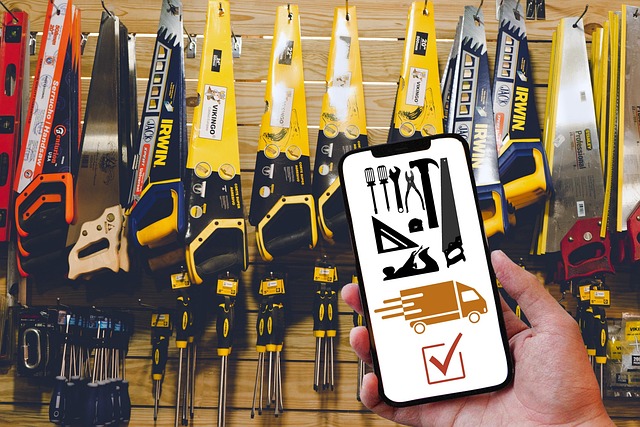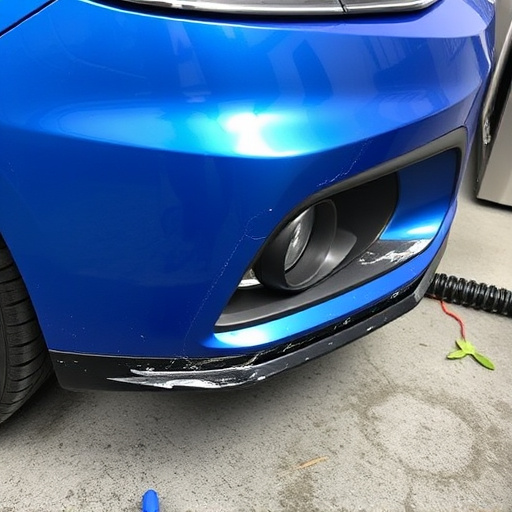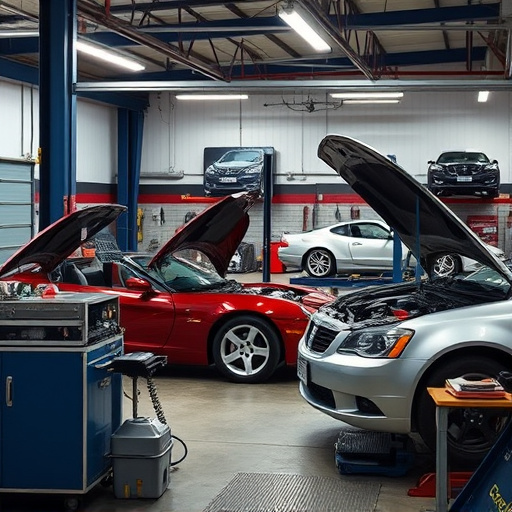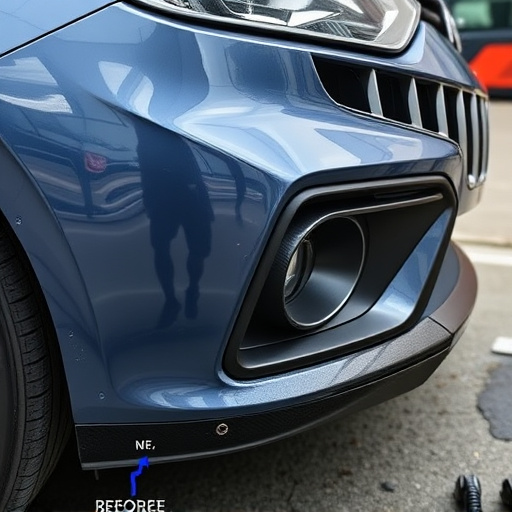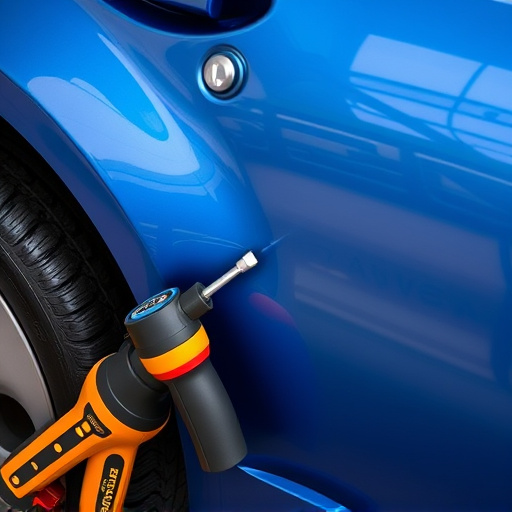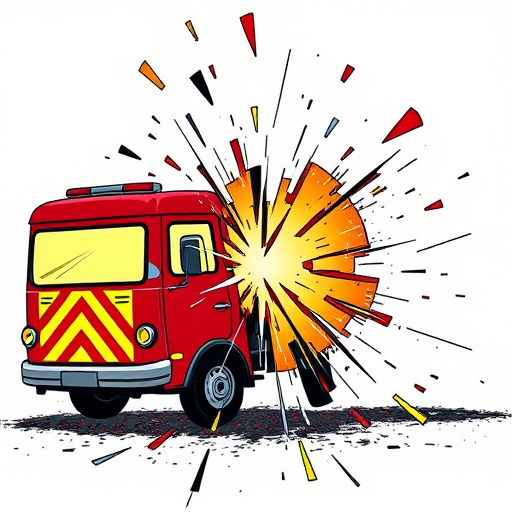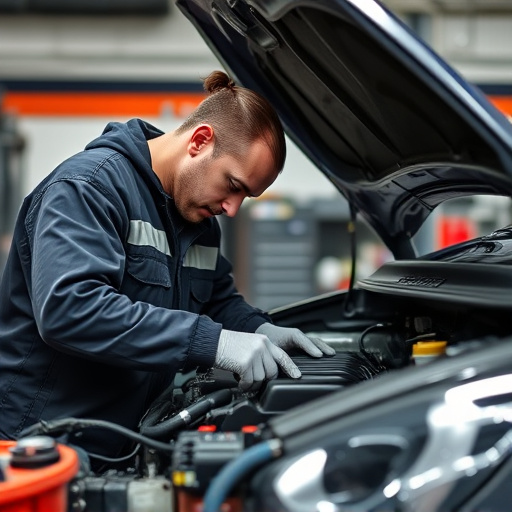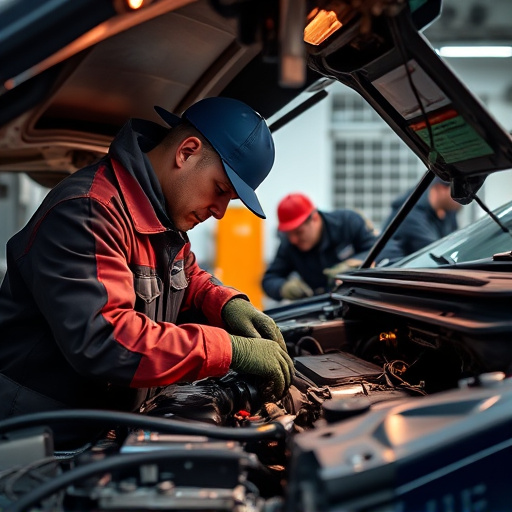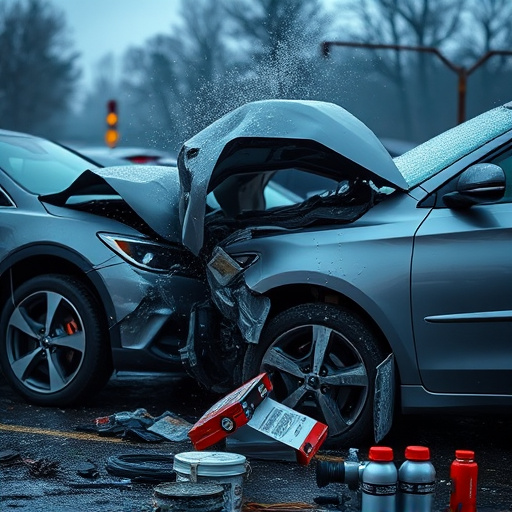Mercedes safety system checks are crucial for maintaining modern automotive technology designed to protect drivers and passengers. These systems, including crash sensors, airbag control units, and electronic stability control (ESC), require regular calibration for optimal performance. Regular maintenance ensures accurate collision detection, enhancing features like automatic emergency braking and adaptive cruise control. Skilled technicians use advanced equipment to calibrate each crash sensor, improving overall effectiveness and reducing accident risk. Proper calibration is vital for maintaining auto collision repair integrity and contributing to a safer driving experience. Auto detailing professionals recommend periodic checks as part of comprehensive car care routines, including collision repair and even minor services like car scratch repair.
A Mercedes safety system check is an essential routine maintenance procedure that ensures the optimal performance of your vehicle’s active safety features. This comprehensive overview delves into the intricate world of Mercedes safety systems, highlighting the critical role of crash sensors in enhancing driver protection. We explore the calibration process, a meticulous step ensuring these sensors function at their peak during emergency situations. By understanding these systems, drivers can rest assured that their Mercedes is equipped to react swiftly and effectively in potentially dangerous scenarios.
- Understanding Mercedes Safety Systems: A Comprehensive Overview
- The Role of Crash Sensors in Active Safety Features
- Calibration Process: Ensuring Optimal Sensor Performance
Understanding Mercedes Safety Systems: A Comprehensive Overview
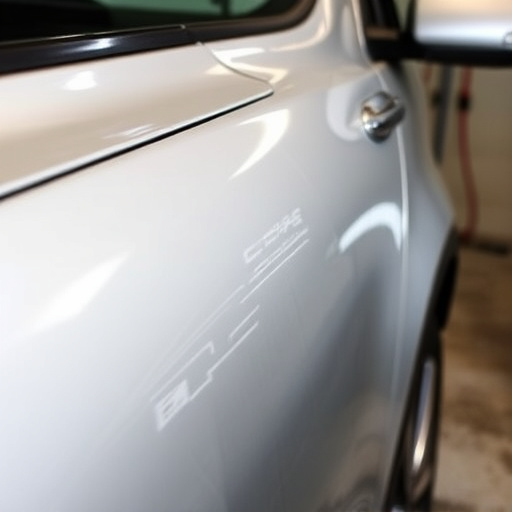
Mercedes safety systems are a cornerstone of modern automotive technology, designed to protect drivers and passengers from potential accidents. These sophisticated systems encompass various components, including crash sensors, airbag control units, and electronic stability control (ESC), all working in harmony to enhance road safety. A comprehensive Mercedes safety system check involves rigorous testing and calibration to ensure these intricate mechanisms function flawlessly.
Regular maintenance, such as calibrating crash sensors, is essential for optimal performance. This process aligns the sensors’ readings with the vehicle’s actual movement, ensuring accurate collision detection. Auto detailing professionals often recommend periodic checks as part of a holistic car care routine, which includes collision repair and even minor services like car scratch repair. By keeping these systems in top condition, drivers can have peace of mind, knowing their Mercedes is prepared to react swiftly in critical situations.
The Role of Crash Sensors in Active Safety Features

Crash sensors play a pivotal role in Mercedes’ safety system check and the activation of active safety features. These sensors are designed to detect and assess potential collision scenarios, providing critical data to the vehicle’s control units. By calibrating these sensors as part of a comprehensive Mercedes safety system check, auto maintenance professionals ensure their optimal performance. This involves precise adjustments to sensitivity levels, allowing for accurate crash detection without false alarms.
Proper calibration enhances the overall effectiveness of active safety measures, such as automatic emergency braking and adaptive cruise control. When a vehicle undergoes regular car bodywork services or even a thorough vehicle restoration, it’s essential to recalibrate these sensors. This guarantees that the Mercedes safety system remains vigilant, enabling swift responses to unexpected events on the road, thereby enhancing the safety of both passengers and other drivers.
Calibration Process: Ensuring Optimal Sensor Performance
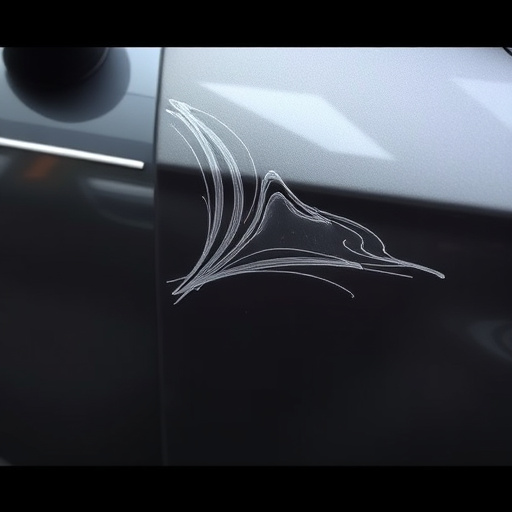
The Mercedes safety system check includes a meticulous calibration process designed to ensure optimal performance from the vehicle’s crash sensors. This involves sophisticated equipment and skilled technicians who meticulously adjust each sensor to react accurately in various scenarios, enhancing the overall effectiveness of the Mercedes safety system. A precise calibration guarantees that the sensors can detect and respond appropriately to potential collisions, reducing the risk of accidents and protecting both passengers and other road users.
Proper calibration is crucial for maintaining the integrity of the auto collision repair process. When a vehicle undergoes a safety system check, it’s as if the car is undergoing an automotive repair session specifically focused on its life-saving mechanisms. By ensuring each sensor is calibrated correctly, mechanics can prevent issues that might arise from faulty sensors, thereby streamlining any future auto painting or automotive repair tasks and contributing to a safer driving experience overall.
A Mercedes safety system check is crucial for ensuring the optimal performance of its advanced active safety features. By calibrating crash sensors, these systems can accurately detect and respond to potential collisions, enhancing overall driver protection. Regular maintenance through such checks is vital to keep up with technological advancements in automotive safety.
